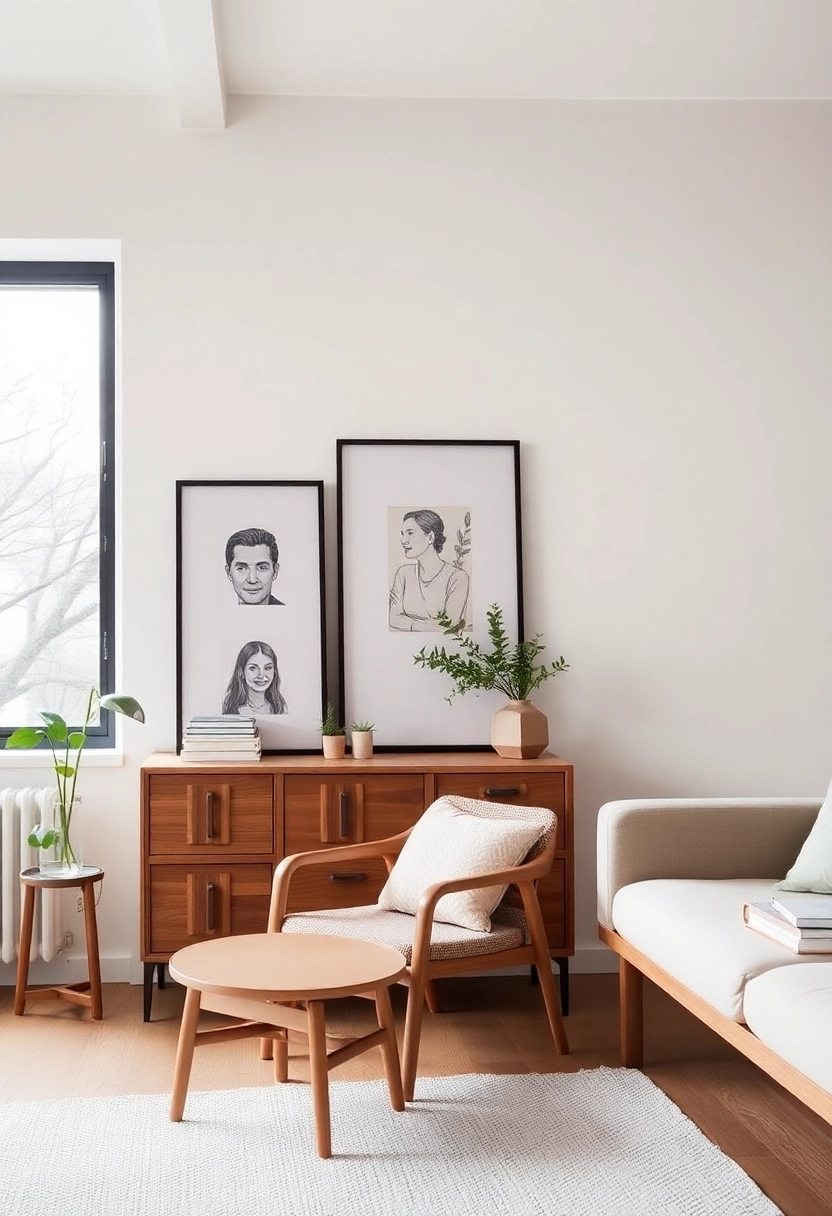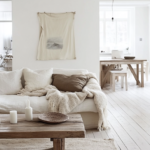The Ultimate Guide to Minimalist Apartment Design
— In a world that often feels cluttered and chaotic, the minimalist design movement offers a breath of fresh air. It’s about stripping away the unnecessary and focusing on what truly matters, creating spaces that are not only aesthetically pleasing but also functional and calming. If you’re living in an apartment, embracing minimalism can be particularly beneficial, as it helps maximize space and create a serene environment. In this guide, we’ll explore the principles of minimalist design and provide practical tips to transform your apartment into a minimalist haven.
Understanding Minimalism
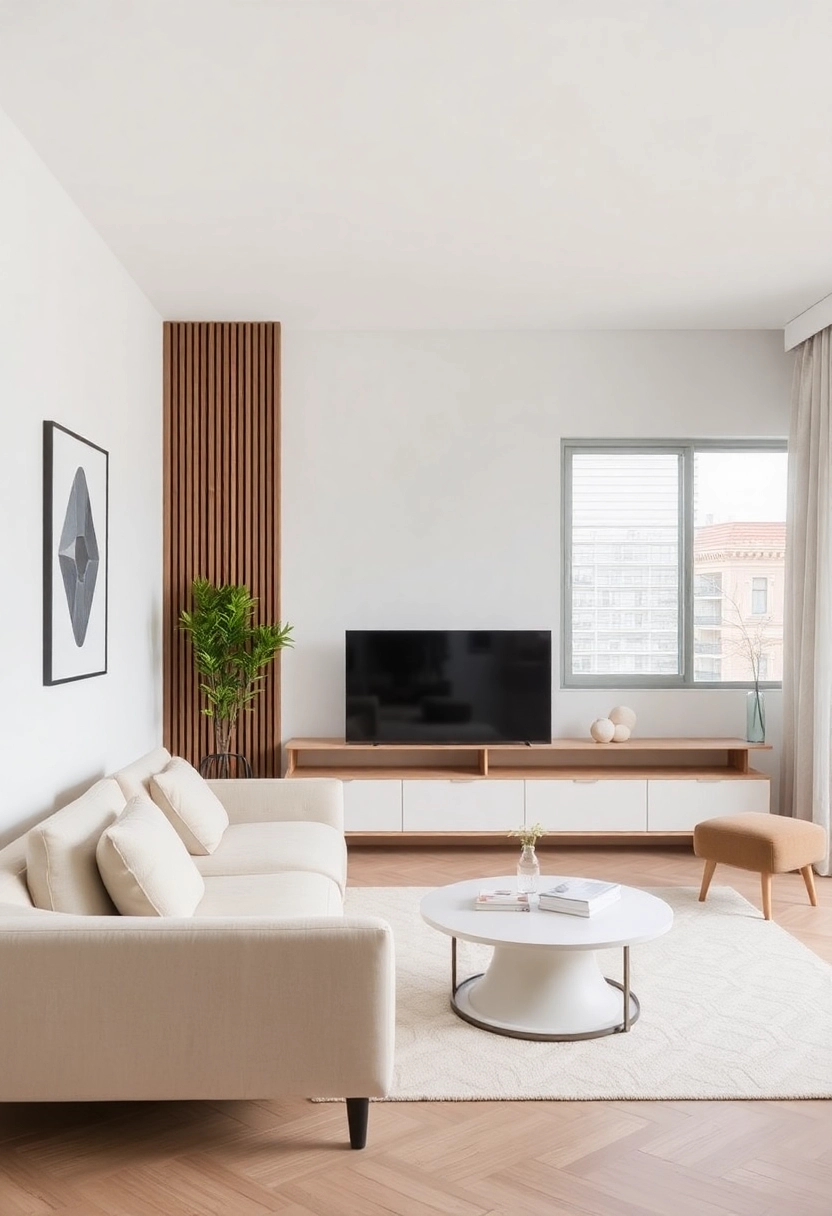
Before diving into the design aspects, it’s essential to understand what minimalism truly means. Minimalism is more than just a design trend; it’s a lifestyle choice that emphasizes simplicity and intentionality. The core idea is to live with less, focusing on quality over quantity. This philosophy can be applied to various aspects of life, including home design. In the context of apartment design, minimalism involves creating a space that is free from clutter, with a focus on clean lines, neutral colors, and functional furniture. The goal is to create an environment that promotes peace and tranquility, allowing you to relax and recharge.
The Benefits of Minimalist Apartment Design
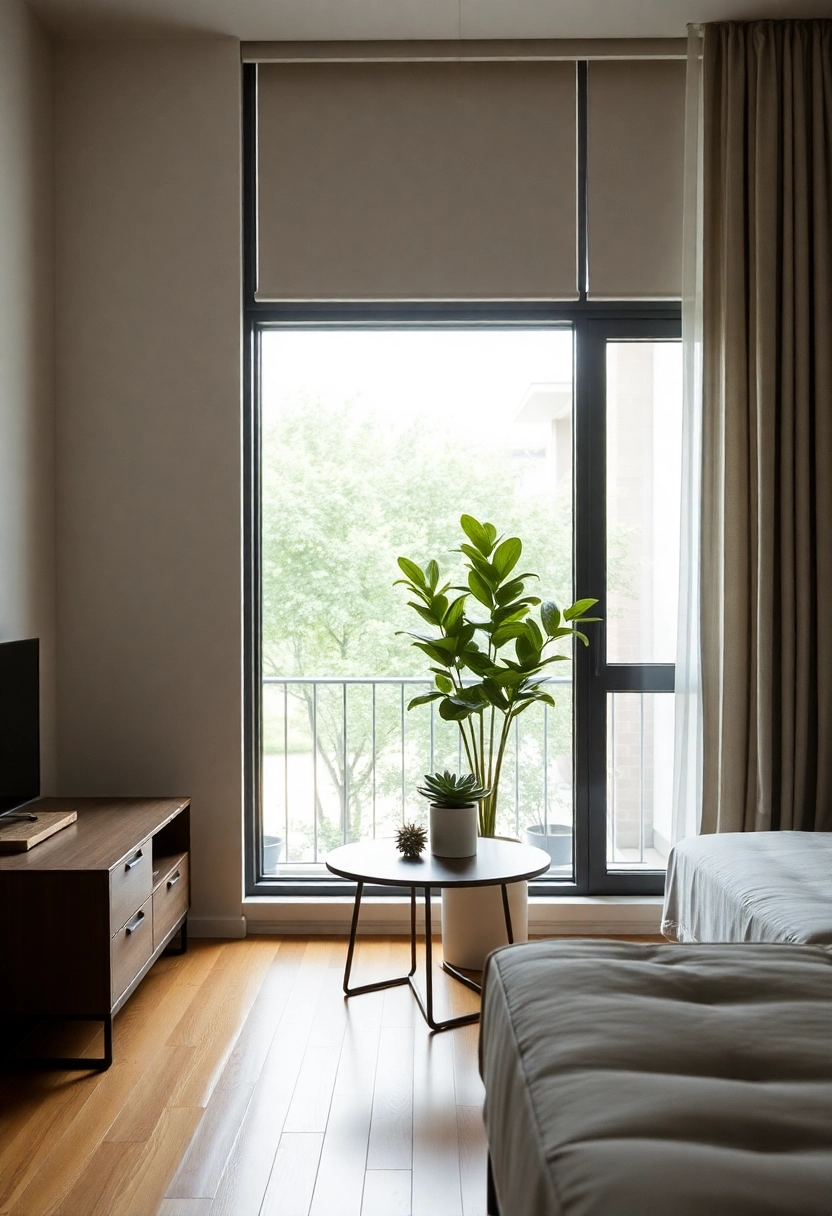
Adopting a minimalist approach to your apartment design comes with numerous benefits: 1. Maximized Space: By eliminating unnecessary items and furniture, you can make even the smallest apartment feel more spacious and open. 2. Reduced Stress: A cluttered environment can contribute to stress and anxiety. Minimalism promotes a sense of calm and order, helping you feel more relaxed. 3. Easier Maintenance: With fewer items to clean and organize, maintaining a minimalist apartment is much easier and less time-consuming. 4. Sustainability: Minimalism encourages mindful consumption, which can lead to more sustainable living practices. 5. Enhanced Focus: A minimalist environment can help improve concentration and productivity by reducing distractions.
Key Principles of Minimalist Design
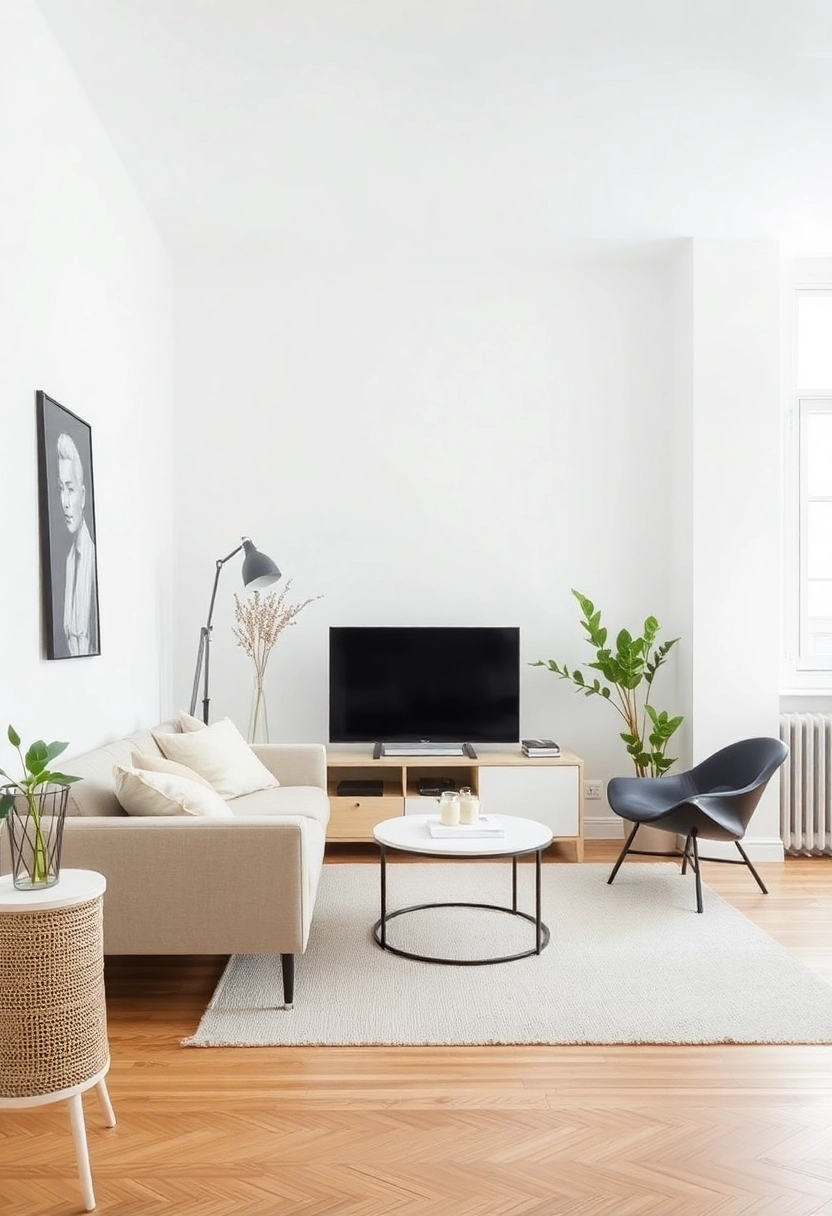
To successfully implement minimalist design in your apartment, it’s important to understand its key principles: – Simplicity: Keep things simple by choosing furniture and decor with clean lines and minimal embellishments. – Functionality: Every item in your apartment should serve a purpose. Opt for multifunctional furniture to maximize space. – Neutral Colors: Use a neutral color palette to create a calm and cohesive look. Whites, grays, and beiges are popular choices. – Quality Over Quantity: Invest in high-quality pieces that will stand the test of time, rather than filling your space with cheap, disposable items. – Decluttering: Regularly assess your belongings and get rid of anything that no longer serves a purpose or brings you joy.
Steps to Achieve a Minimalist Apartment Design

Now that you understand the principles of minimalist design, let’s explore how to apply them to your apartment: #### Step 1: Declutter Your Space The first step in creating a minimalist apartment is to declutter. This can be a daunting task, but it’s essential for achieving a clean and organized space. Start by going through each room and sorting your belongings into three categories: keep, donate/sell, and discard. Be ruthless in your decision-making, and remember that less is more. #### Step 2: Choose a Neutral Color Palette A neutral color palette is a hallmark of minimalist design. It creates a sense of calm and allows the architecture and furniture to take center stage. Consider painting your walls in soft whites, grays, or beiges, and choose furniture and decor in complementary shades. If you want to add a pop of color, do so sparingly with accessories like throw pillows or artwork. #### Step 3: Invest in Quality Furniture When it comes to furniture, quality is more important than quantity. Invest in pieces that are well-made and timeless, rather than trendy items that may quickly go out of style. Look for furniture with clean lines and simple designs, and opt for multifunctional pieces that can serve multiple purposes. For example, a sofa bed can provide seating during the day and a place to sleep at night. #### Step 4: Embrace Open Spaces Minimalist design is all about creating open, airy spaces. Avoid overcrowding your apartment with too much furniture or decor. Instead, focus on creating a sense of flow and balance. Arrange your furniture in a way that allows for easy movement and conversation, and leave plenty of open space to make the room feel larger. #### Step 5: Incorporate Natural Elements Bringing nature into your apartment can enhance the minimalist aesthetic and create a calming atmosphere. Consider adding a few indoor plants to your space, as they can improve air quality and add a touch of greenery. Choose plants that are easy to care for, such as succulents or snake plants, to keep maintenance to a minimum. #### Step 6: Use Smart Storage Solutions In a minimalist apartment, storage is key. Look for smart storage solutions that allow you to keep your belongings organized and out of sight. Consider using furniture with built-in storage, such as ottomans or coffee tables with hidden compartments. Wall-mounted shelves and cabinets can also help maximize vertical space and keep your apartment clutter-free. #### Step 7: Focus on Lighting Lighting plays a crucial role in minimalist design. Natural light is ideal, so make the most of any windows in your apartment by keeping them unobstructed and using sheer curtains to let in as much light as possible. For artificial lighting, choose fixtures with simple designs and soft, warm bulbs to create a cozy atmosphere. Consider using floor lamps or pendant lights to add visual interest without overwhelming the space. #### Step 8: Add Personal Touches Sparingly While minimalism is about simplicity, it’s still important to add personal touches to make your apartment feel like home. Choose a few meaningful items, such as family photos or artwork, to display in your space. Be selective and intentional with your decor choices, and avoid overcrowding surfaces with too many items.
Common Mistakes to Avoid

As you embark on your minimalist apartment design journey, be mindful of these common mistakes: – Over-Purging: While decluttering is essential, be careful not to get rid of items you may need or regret losing. Take your time and be thoughtful in your decision-making. – Ignoring Comfort: Minimalism doesn’t mean sacrificing comfort. Choose furniture and decor that are both functional and comfortable, ensuring your apartment is a place where you can relax and unwind. – Neglecting Texture: A minimalist space can feel cold and sterile if it lacks texture. Incorporate different materials, such as wood, metal, and textiles, to add warmth and interest to your apartment. – Forgetting About Maintenance: Minimalism requires regular maintenance to keep your space clutter-free. Make a habit of tidying up regularly and reassessing your belongings to ensure they still serve a purpose.
Conclusion

Embracing minimalist apartment design is a journey towards creating a space that reflects your values and enhances your quality of life. By focusing on simplicity, functionality, and intentionality, you can transform your apartment into a serene and stylish sanctuary. Remember, minimalism is not about perfection but about finding balance and creating a home that truly supports your lifestyle. So take the first step, and start your minimalist journey today.

